Other Production Problems
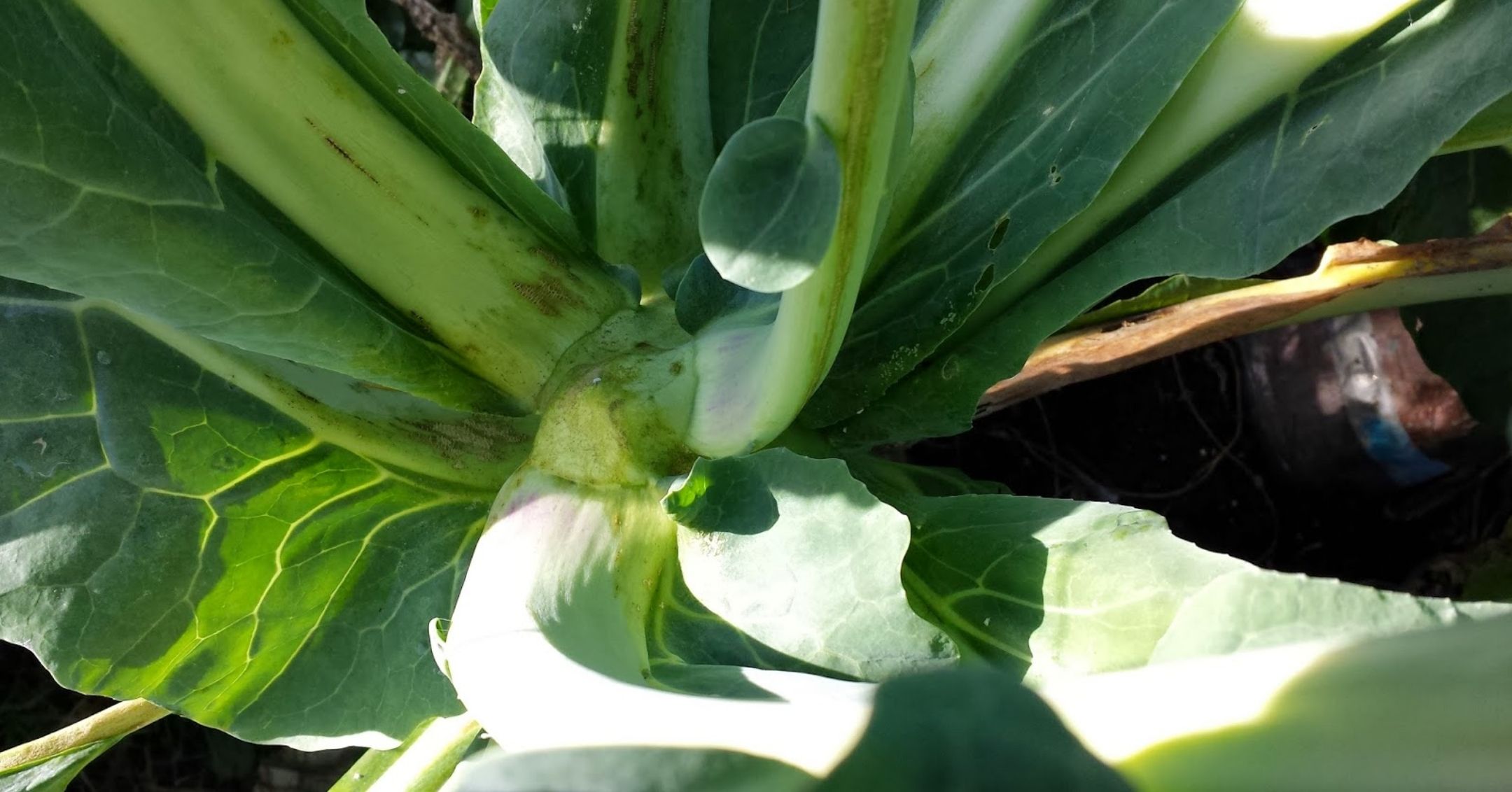
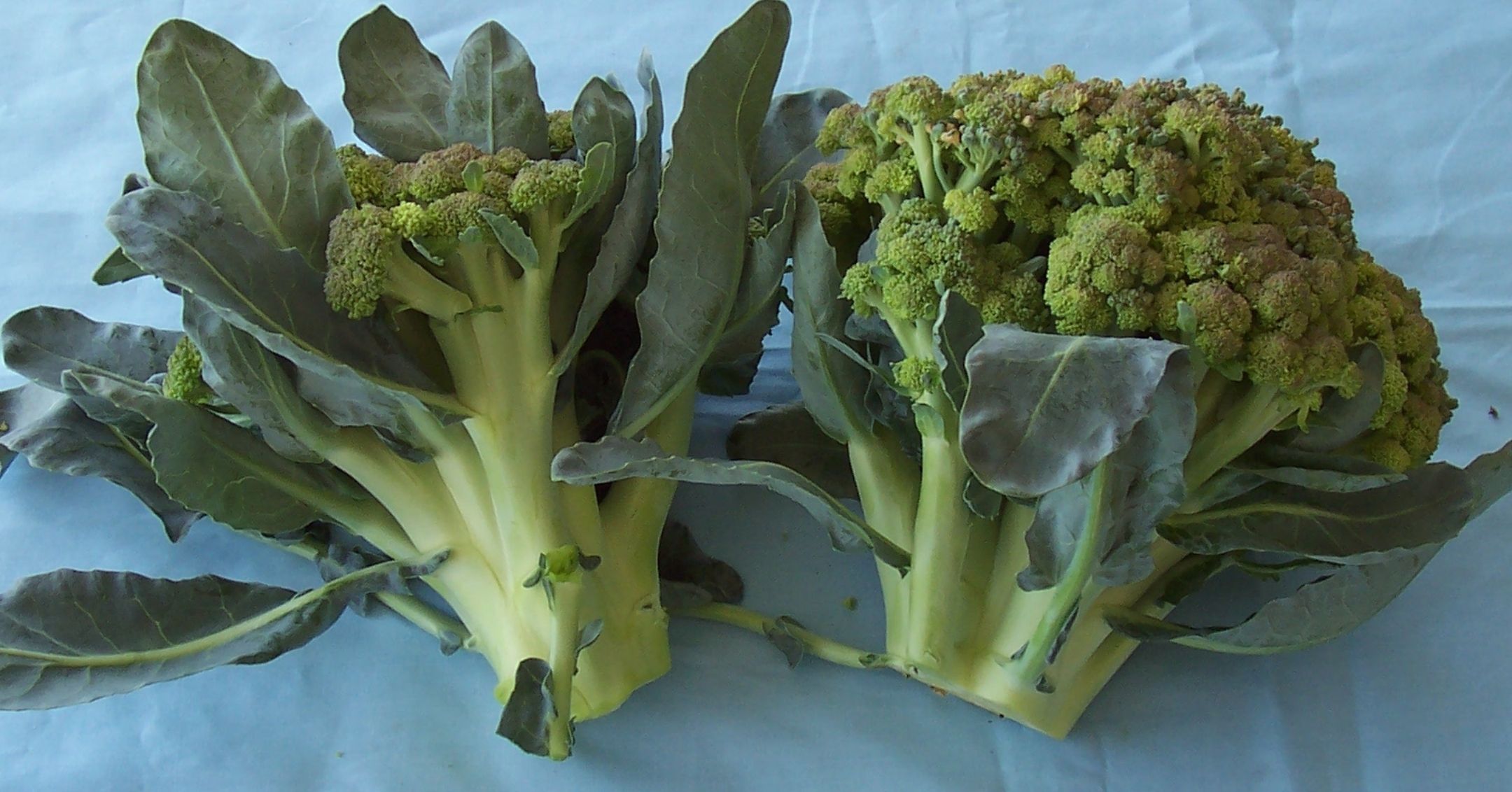
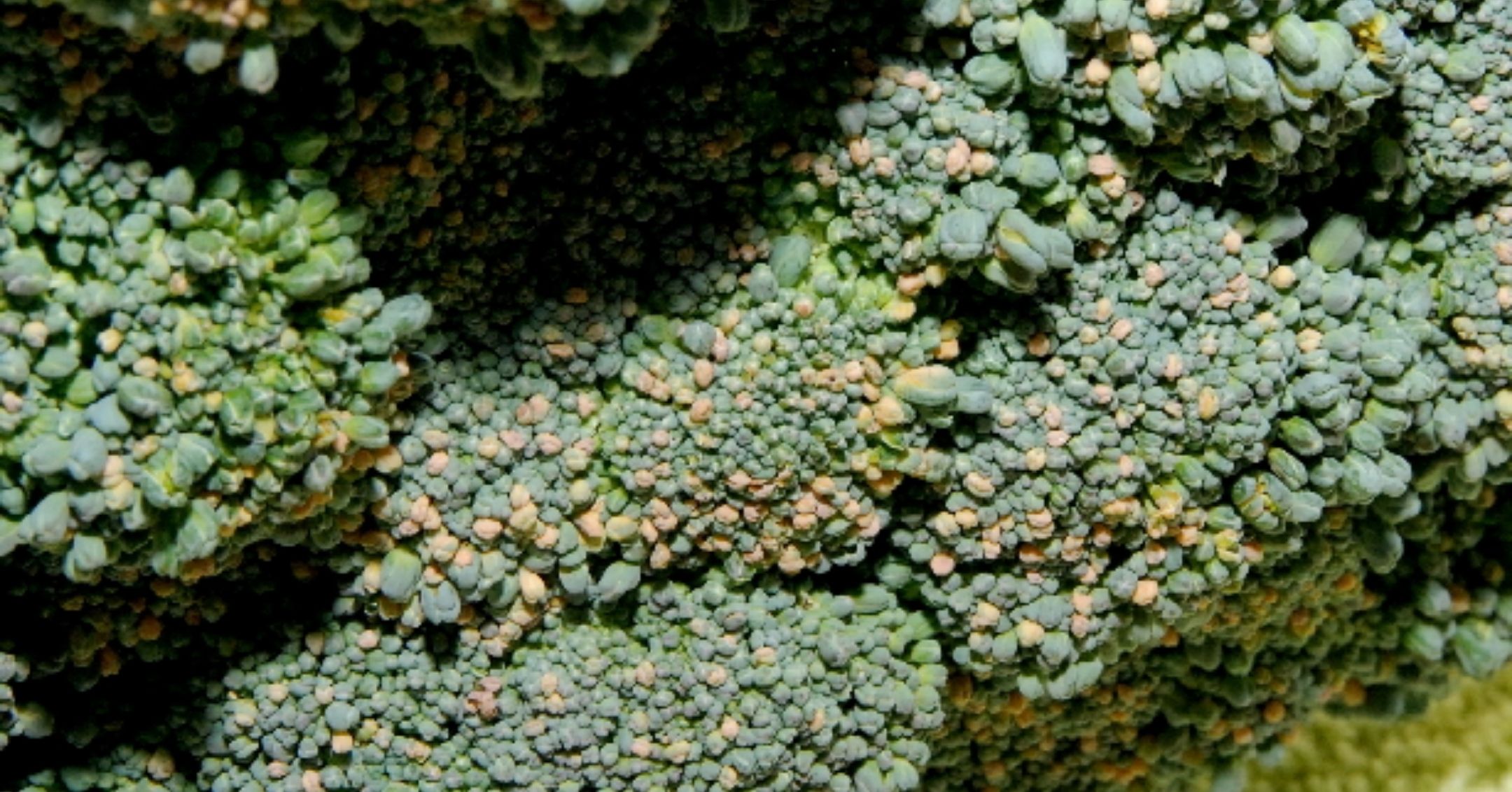
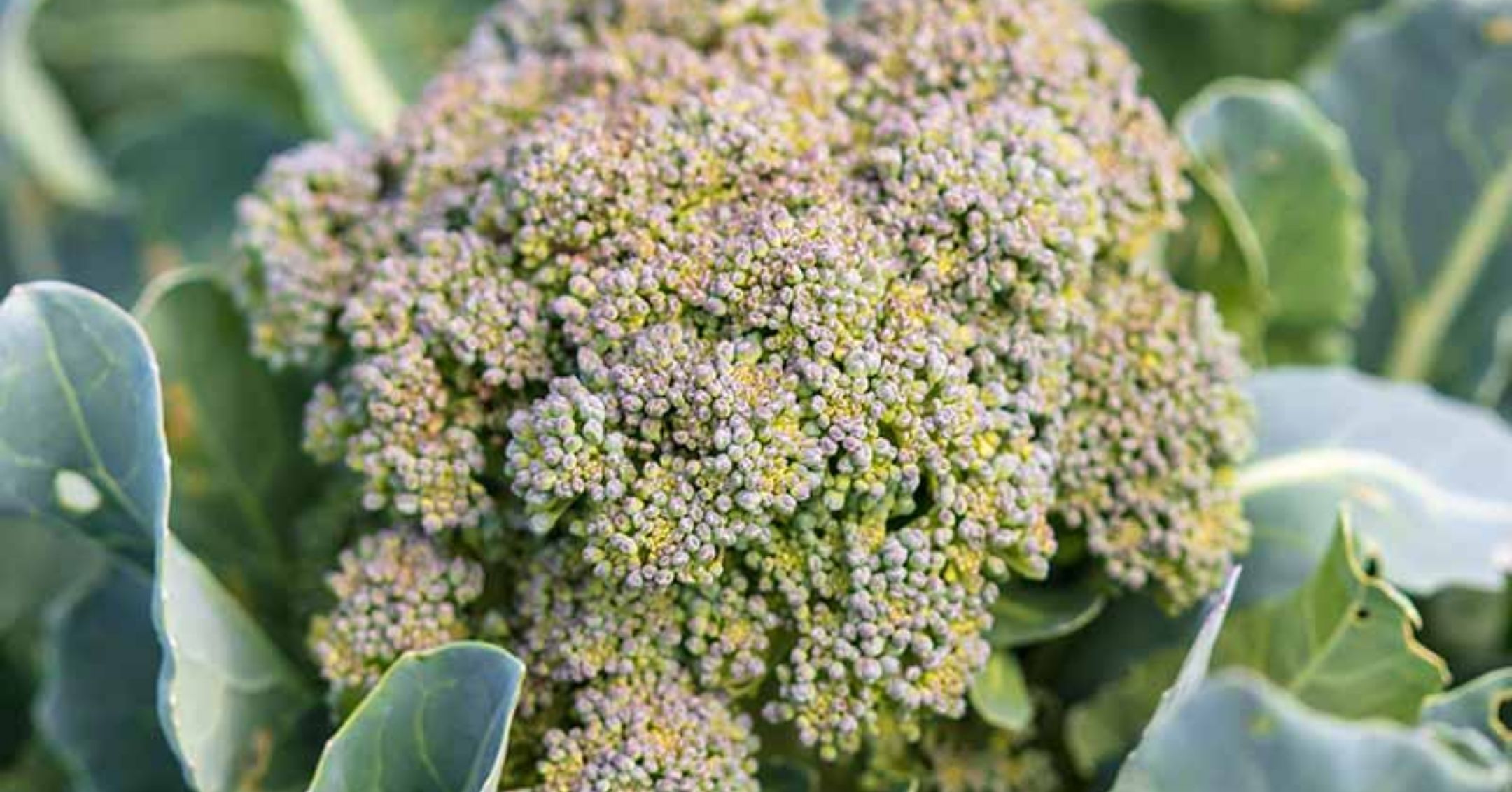
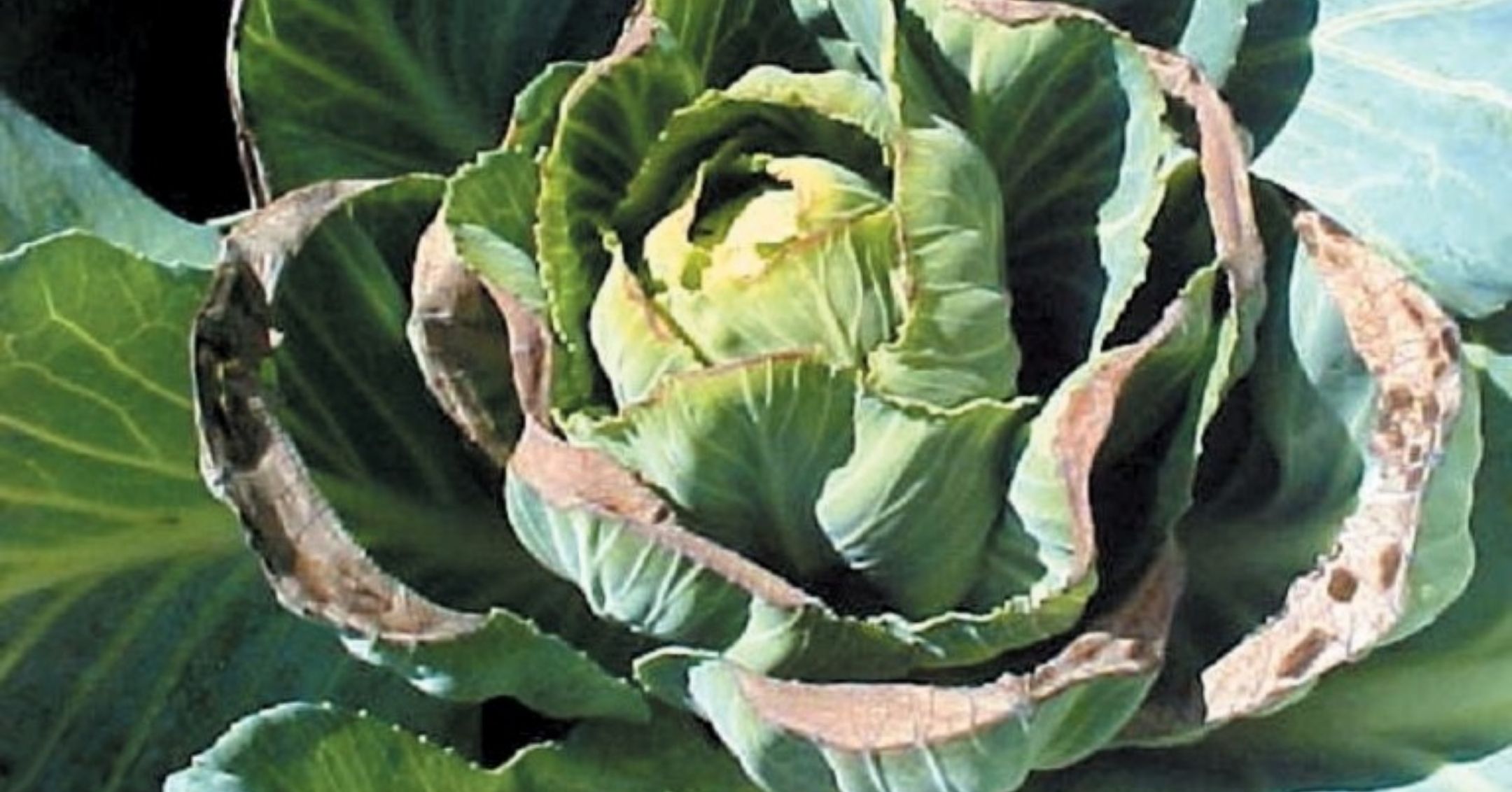

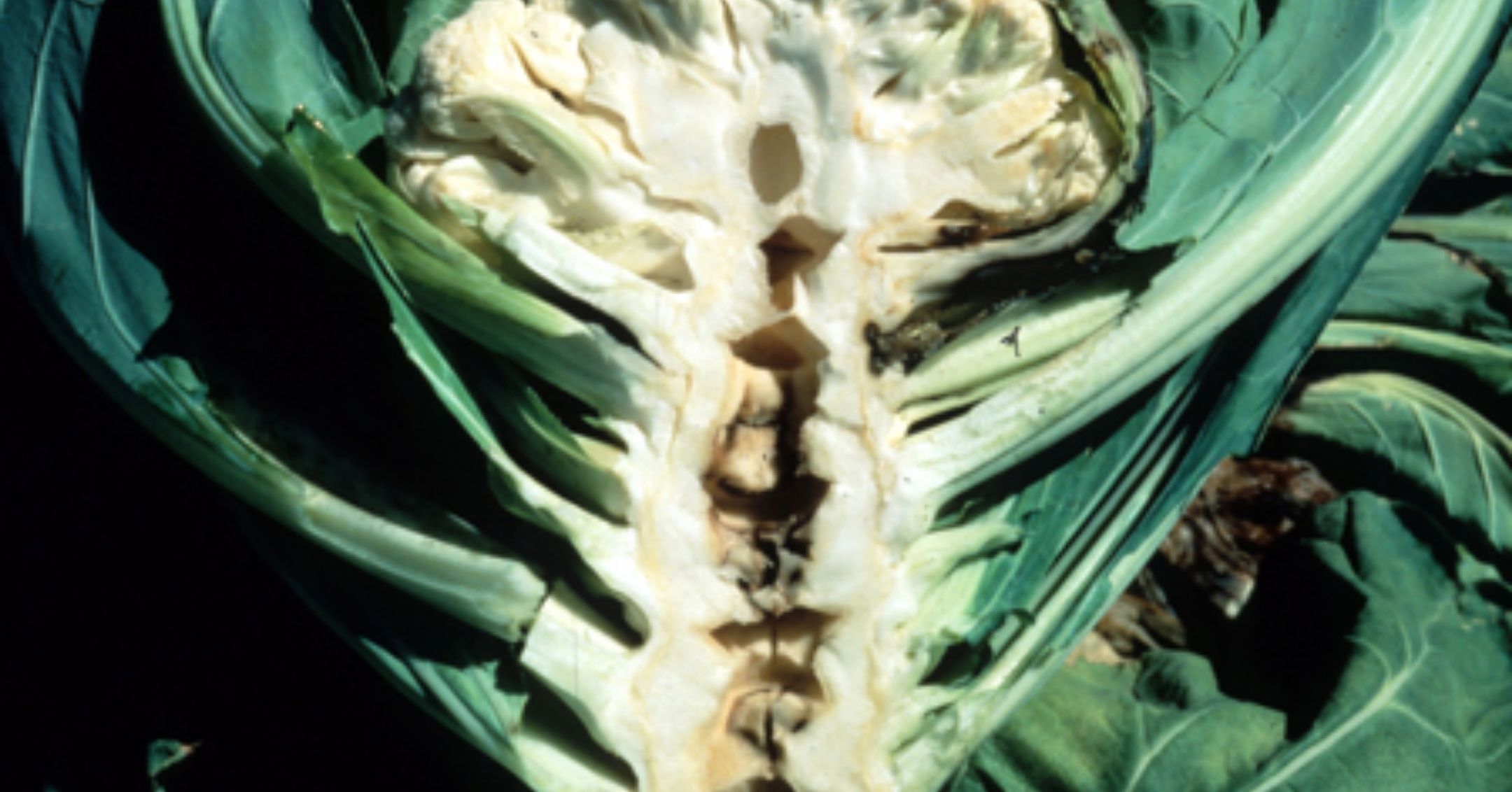
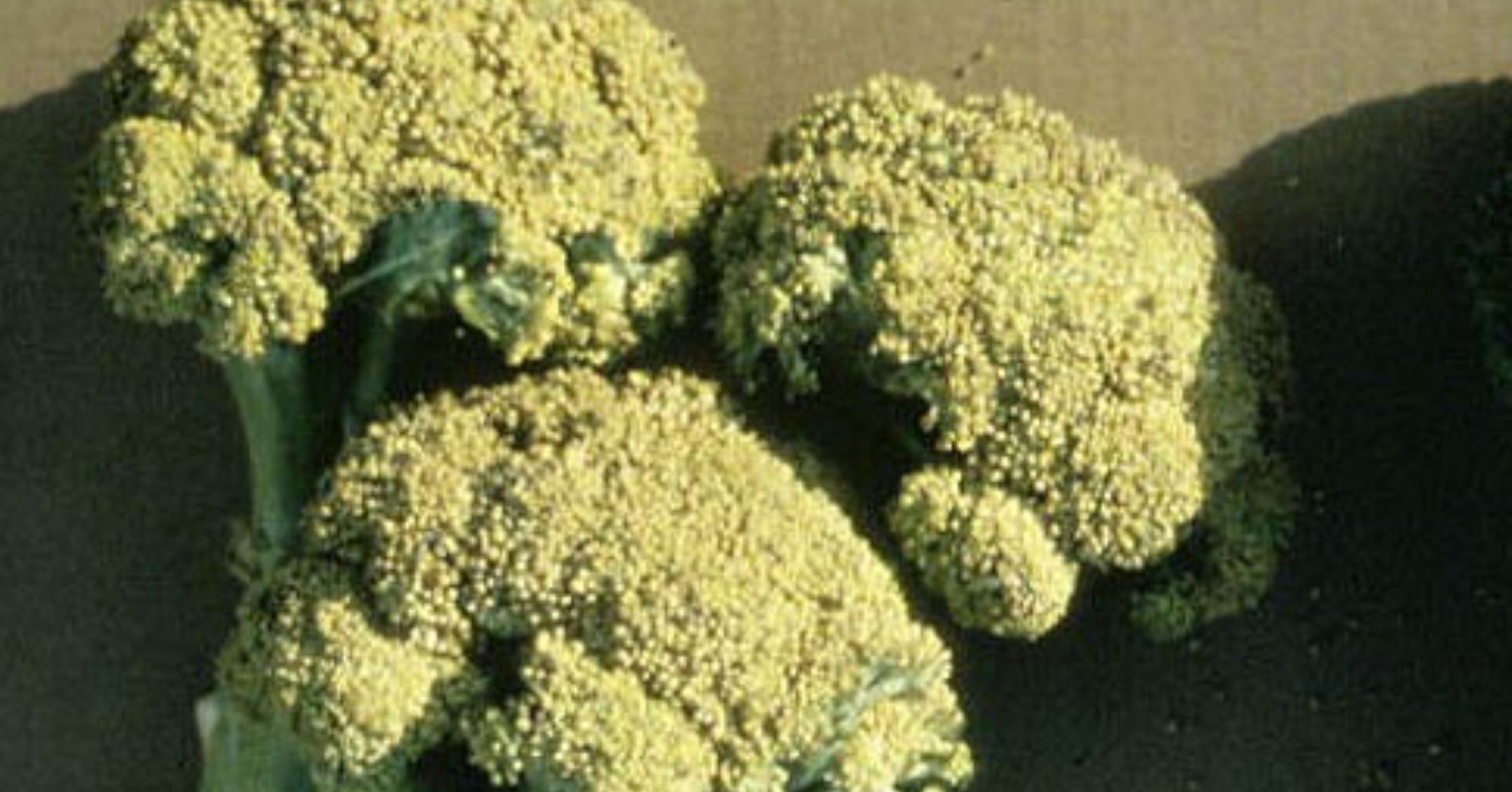
Blindness
Affects broccoli, cabbage, or cauliflower: Plants fail to form flower head, curd or head. Leaves tend to be large, dark colored, and leathery, the apical bud may divide multiple times. Believed to be induced by cold temperatures after transplanting, injury by insects, or some other post-transplanting stress event.
Bracts (leaves) in Heads
Affects broccoli and cauliflower: High temperatures and/or low soil moisture during early head formation can result in the growth of leaves within the heads of broccoli and cauliflower. Maintaining uniform soil water conditions while reducing heat stress, helps minimize the problem.
Brown Bead
Affects broccoli: Brown beads occurs when individual flower buds abort (die/dry out) under hot, dry conditions. The problem may be associated with calcium distribution in the plant combined with rapid plant growth. Periods of cool, wet followed by hot, dry conditions alter plant growth and calcium uptake which triggers the condition. Varieties vary greatly in their expression of the problem. Maintaining uniform growth conditions helps minimize brown bead.
Internal Browning or Tip-burn
Affects Brussels sprouts and cabbage: Internal leaves in the head or sprouts discolor, breakdown, and rot. The problem is more severe on large, over-mature heads or sprouts (those near the bottom of the stalk). The disorder is associated with a lack of calcium in the developing head/sprouts brought on by stress (heat, water, nutrients). Crops on sandy soils are more susceptible than those on heavier soils.
Premature Head Formation
"Buttoning" in broccoli and cauliflower: Small heads form before plants grow enough leaves to develop a marketable head. Buttoning occurs when transplants are exposed to stress (heat/cold, water) after planting in the field. Early varieties and older, larger transplants (more than 8 leaves) are more susceptible. Low fertility, micronutrient deficiencies, water stress, warm weather (+85°F day/75°F nights), diseases, and insects can also cause buttoning.
Head Splitting
Affects cabbage and Brussels sprouts: Mature heads split if rain or heavy irrigations follow a dry spell. Rapid influx of water results in pressure buildup in the heads resulting in splitting. Early varieties split if not harvested on time.
Hollow Stem
Affects broccoli or cauilflower: Plants with leaf curling or rolling, brown curds or flower buds, and a hollow stem with brown discolorations may be deficient in boron. Use soil and tissue tests to determine boron concentrations. Sometimes stems are hollow without any discoloration. When plants are fertilized excessively (N), they grow rapidly and the stem core splits causing a hollow cavity. More moderate N nutrition or split N applications will maintain uniform growth which minimizes the problem.
Yellow Beads
Affects broccoli: Yellowing of floral buds can be a sign of over-maturity in the field. Broccoli heads are true flower tissue so if not harvested at the correct time, the flowers continue to develop and may open. In storage, high temperatures after harvest or ethylene exposure can also induce yellowing or browning of individual flower buds.

